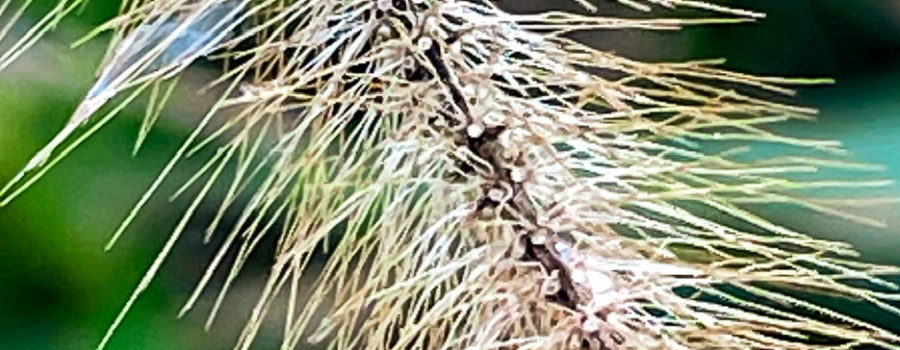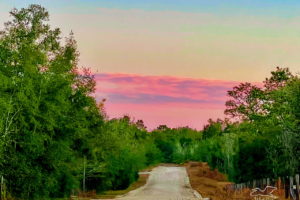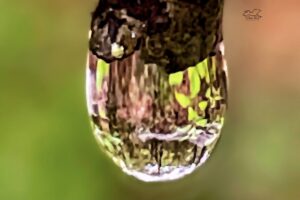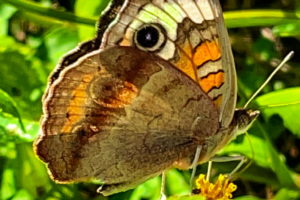Japanese Bristlegrass is Really Great for Wildlife

Every spring and summer the roadsides in our area come alive with fresh, green life. As the year progresses, some of these plants and flowers fade away while others persist until late fall or even into the winter. One of those is Japanese bristlegrass (Setaria faberi), a common grass in the central Florida region. This plant is also known as Faber’s foxtail, nodding bristlegrass, nodding foxtail, Chinese foxtail, Chinese millet, giant bristlegrass, and giant foxtail. It is native to Asia and is considered an invasive weed here in North America. It was introduced into the United States in the 1920s, probably in grain shipped from it’s native habitat. It can now be found in all of eastern Canada and the eastern United States as well as California, Arizona, Washington, and British Columbia. It is a grass that loves direct sunlight, but will grow in most types of soil from sand to rich loam. It’s also drought resistant and grows well in disturbed areas like roadsides, construction sites, landfills, farm fields and pastures, and fence lines.

It’s not difficult from the information above to see how Japanese bristlegrass can outcompete many native plants, but the biggest problem it causes is in crop fields. Unchecked, Japanese bristlegrass can cause significant drops in yield from corn and soybeans crops. It can also cause issues in fields of tomatoes or cabbage. It spreads via seed production and it’s seeds can remain fertile in the soil for up to two years. Burning of the fields actually seems to increase seed fertility and growth of this grass. It is susceptible to certain herbicides, but many of the ones that kill Japanese bristlegrass will also harm corn, since they are members of the same family. Hand pulling and root destruction before it goes to seed seems to be the best way to get rid of it, but that’s obviously not feasible in corn fields. Instead, it is recommended that fields with Japanese bristlegrass problems be planted in alfalfa every third year.

Outside of being disruptive for certain crop plants, Japanese bristlegrass also has some good properties like providing nutrition for quite a wide variety of wildlife species. In the spring, when the grasses begin to sprout, it is much loved by a number of grazing animals including white tailed deer, mule deer, Florida key deer, cottontail rabbits, and muskrats. The greens and later the seeds are also part of the diet of small rodents like Florida mice and deer mice. These small rodents are important for spreading plant seeds and for providing nutrition for predatory species. In the mid summer when the grass is flowering, most animals don’t touch it due to the bristly flower heads, but in fall, when the seeds become mature they are an important food source for both native and migratory birds. Some of the birds that enjoy these seeds include wild turkeys, quail, Northern cardinals, red winged blackbirds, dark eyed juncos, mourning doves, ground doves, many types of sparrows, and starlings, just to name a few. In fact, some people even eat this grass. The greens can be used in salads or cooked into stews or soups while the seeds can be ground into flour and used for many purposes. So as you see, even an invasive weed can have it’s uses, especially when it has been in the area for around one hundred years. Are you familiar with this species of grass?

Do you enjoy beautiful nature photography and nature related artwork? Do you like to learn more about wildlife, animals, and wild plants? If the answer is yes, then this blog is for you! Subscribe below to join our family and never miss an episode.





Recent Comments